Several artists of the Ceramics and its Dimensions: Shaping the Future exhibition presented their work and thoughts on ceramics at the Ceramic Values conference in Stoke-on-Trent (UK). The conference organised by Ulster University (NI) was also the final congress of the Ceramics and its Dimensions project.
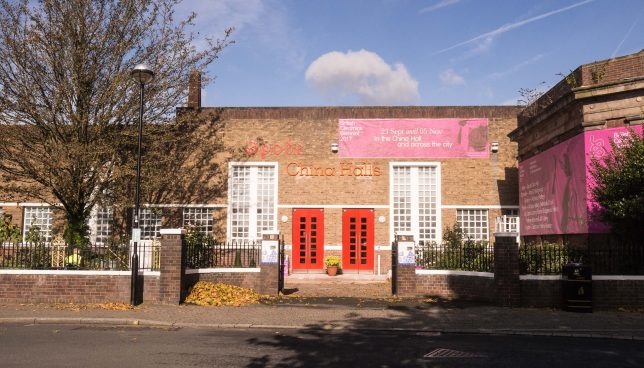
Ceramic Values conference aimed to open discussion about the values and roles ceramics has in the society, and it had three key themes: skills, values and place. The conference venues were the Potteries Museum and Art Gallery and the Spode-China Halls. Among the speakers were several contributors from the Shaping the Future exhibition: professor Barbara Schmidt from Kunsthochschule Berlin Weißensee, professor Maarit Mäkelä, lecturers Nathalie Lautenbacher and Anna van der Lei and students Tuuli Saarelainen and Saija Halko from Aalto University as well as Babette Wiezorek who recently graduated from Weißensee. Aalto University doctoral candidate Priska Falin conducted a workshop and a Round Table discussion was held. At the conference also six of the Future Lights ambassadors presented their work and discussed the topic how to build a career in ceramics. The over 350 participants of the conference came from Taiwan, China, South Korea, Japan and across Europe.
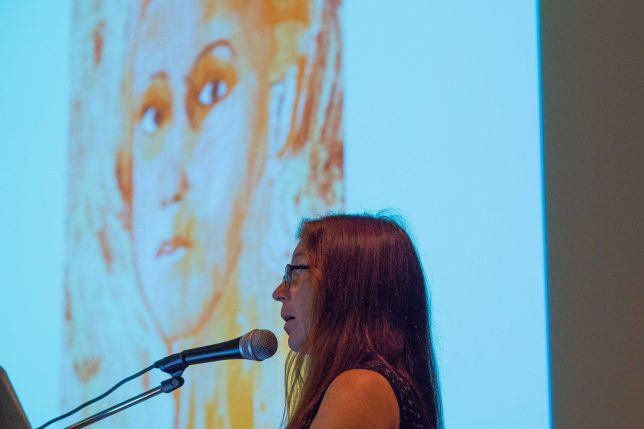
The conference took place on 5th and 6th of October 2017 and was part of the fifth British Ceramics Biennial (BCB) festival. BCB is a ceramics festival concentrated on contemporary ceramics and consisting of exhibitions, workshops and competitions. This year the festival takes place between September 23rd and November 5th in Stoke-on-Trent. During BCB also the Future Lights 2017 competition was organised and the Ceramics and its Dimensions: Shaping the Future exhibition accompanied by the Future Lights ambassadors of 2015/2016 and 2016/2017 opened its doors for the fourth time.
Discussing clay as a material, the craft and the role of place
Professor Barbara Schmidt talked in her presentation about experimental approaches to ceramic from a product design viewpoint. She stated that experimental detours are important in teaching ceramics for product design students. Babette Wiezorek spoke in her presentation about her MA thesis that examines the possibility of integrating organic strategies into the system of a 3D printer. She presented her experiments with a self-built ceramic 3D printer.
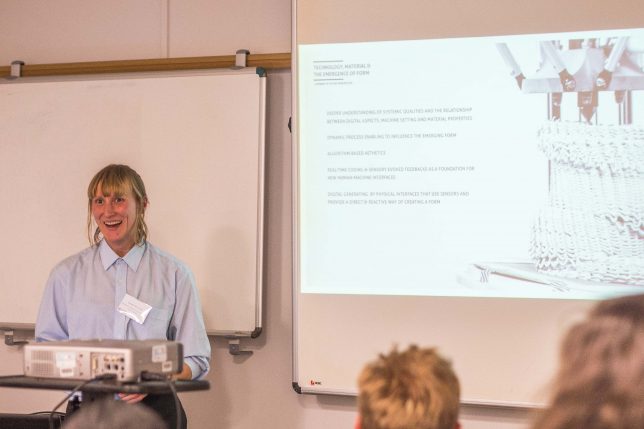
Professor Maarit Mäkelä discussed in her presentation the themes of creativity, materiality and place, and argued that in an artistic process material plays an important role as an actor itself. She talked about the mutual relationship in which she threw herself in with the material world when she spent one year working and collection raw material samples in the volcanic nature of New Zealand. A part of the results of that year can be seen in the Ceramics and its Dimensions: Shaping the Future exhibition. Students Tuuli Saarelainen and Saija Halko also discussed the role of place as they talked in their presentation about their work “Spirit of the Place” which is also part of the exhibition. In their collaborative work, they wanted to turn their experiences of an old porcelain factory site into unique art objects.
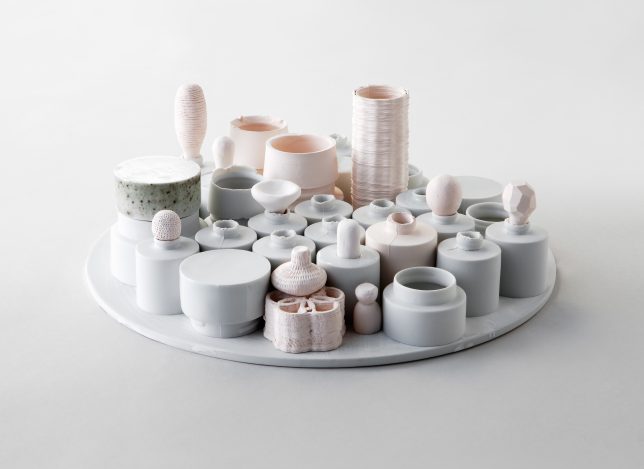
Aalto University lecturers Nathalie Lautenbacher and Anna van der Lei had their presentations in the Ceramics and its Dimensions: Shaping the Future exhibition venue. In her talk lecturer Lautenbacher spoke about food related design and the values of handmade small scale production. She stated that craft doesn’t only mean tradition but that it is also the future. Anna van der Lei talked about a slightly different way of approaching the making of ceramics when she discussed her work “CHIL-DISH”. The work consists of tableware that is based on children’s drawings which have been modeled into 3D versions and then 3D printed in porcelain. She thinks that when designing for children, they should themselves also be included in the process at an early stage. “CHIL-DISH” is also part of the exhibition.
As part of the conference Priska Falin conducted an interactive clay workshop in collaboration with BCB Community and Education Programme Manager Dena Bagi. The Clay Pit workshop invites the participants to explore the possibilities of clay via a series of large clay pits, copious amounts of ceramic material, oversize clay tools and creative props. The workshop is going to be open through the whole British Ceramics Biennial.
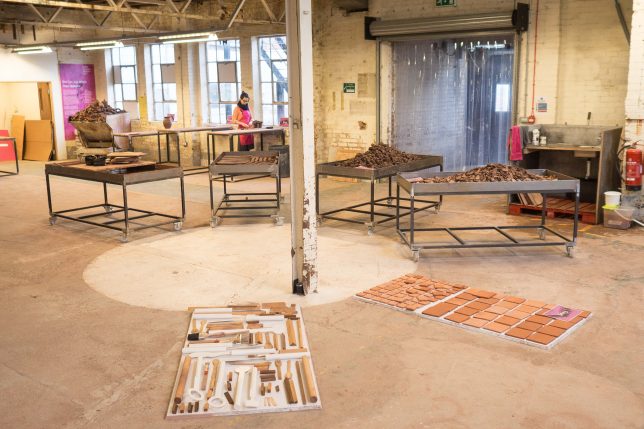
An old ceramics factory as exhibition venue
The presence of ceramics can be sensed everywhere in Stoke-on-Trent as old ceramics factories, old bottle kilns and architectural ceramic decorations are present all around. Although Stoke-on-Trent can be seen as the home of English pottery industry, factories have been shut down during the recent decades also there. The Spode-China Halls, where the Ceramics and its Dimensions: Shaping the Future exhibition now takes place, was also a factory site still in operation just a bit less than a decade ago. Now it has gotten a new life as a beautiful exhibition venue. The robust interior of the old Spode factory brings the exhibition to a place very similar to that of the old Kahla porcelain factory site, where several of the works of the exhibition were initiated at an experimental workshop in spring 2016. The exhibition will be open at BCB until November 5th and next it will travel to Berlin and open there in January 2018.
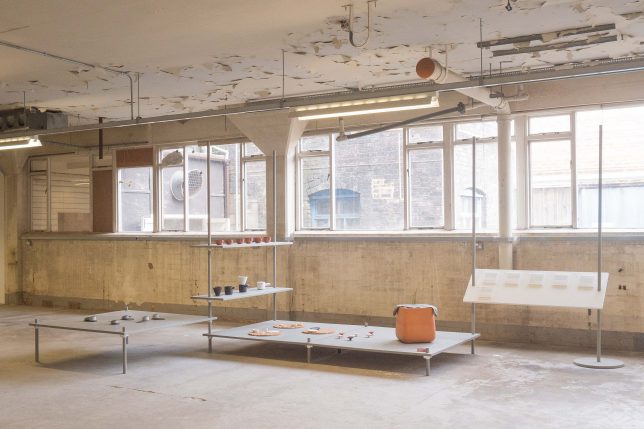
For more information:
Ceramic Values conference
British Ceramics Biennial